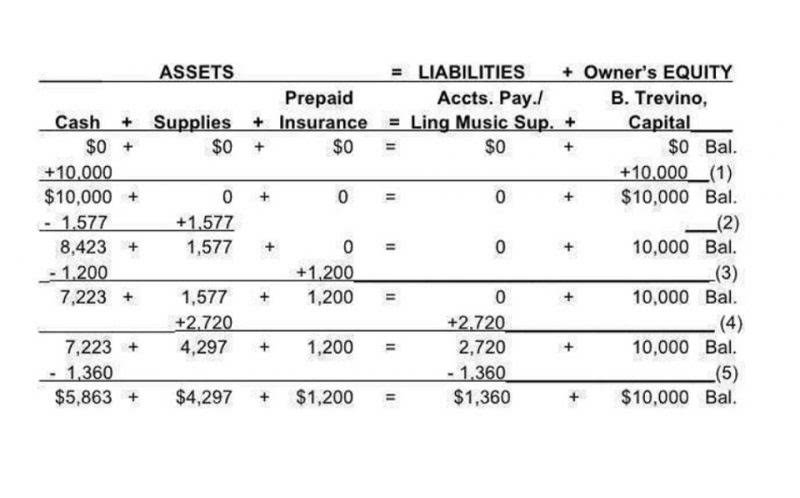-
Nincs kép
The Cash Conversion Cycle: Measuring Working Capital Efficiency

The second is the accounts receivable period?the 45 days between the sale and the cash collection. The cash flow cycle depicts the movement of cash in and out of a business over a specific period. It begins with cash inflows from sales, investments, or financing, followed by outflows for expenses, investments, and debt repayment, influencing a company?s liquidity and financial health. A shorter cash conversion cycle is considered a good cash conversion cycle and indicates efficient management of receivables, inventory, and payables, which improves liquidity and operational performance.
Cash Conversion Cycle: What Is It, How to Calculate, and Improve It

A company?s cash conversion cycle is a powerful indicator of how efficiently it manages its working capital. A shorter CCC allows a firm to generate cash more quickly and reduces its need for outside financing. The CCC covers three stages of a company?s sales cycle ? current inventory sales, cash collection from the current sales, and payables for outsourced goods and services.
Automated Credit Scoring
- Mitigate credit risk, reduce bad debt, and streamline customer onboarding with AI-powered insights.
- For example, measuring a company?s conversion cycle to its cycles in previous years can help with gauging whether its working capital management is deteriorating or improving.
- At the core of CCC optimization lies automation, which transforms complex processes such as setting customer credit limits, inventory tracking, and collections management.
- If CCC is trending downward relative to previous periods, that would be a positive sign, whereas CCC trending upward points towards potential inefficiencies in the business model.
- But aggressive cash collection could damage relationships with customers and result in a loss of business.
- This reduces the need for external financing and improves the liquidity and profitability of the company.
Discover how Yaskawa transformed its accounts receivable process, reducing bad debt and past-due payments with AR automation. In this blog post, we will cover the cash conversion cycle in detail, including cash conversion cycle its formula and calculation. We will also provide real-world examples of how the CCC is used in different industries, and strategies for improving your company?s CCC. It might be moving inventory quicker (a lower DIO), collecting what it is owed faster (a lower DSO), or keeping its money longer (a higher DPO). However, remember that CCC should not be the only metric used to evaluate the company or the management; return on equity and return on assets are also valuable tools for determining management's effectiveness. Typically, the longer you have to pay your bills, the more it will shorten your cash conversion cycle, as it means you?re able to hold cash for longer after the sale of inventory.

Cash Management
Understanding the distinction can help finance leaders make more informed decisions about working capital management. A company?s cash conversion cycle broadly moves through three distinct stages and draws the following information from a company's financial statements. All figures are available as standard items in the statements filed by a publicly listed company as a part of its annual and quarterly reporting. The number of days in trial balance the corresponding period is 365 for a year and 90 for a quarter.
- The IDC report highlights HighRadius? integration of machine learning across its AR products, enhancing payment matching, credit management, and cash forecasting capabilities.
- CCC can also be applied to consulting businesses, software companies, insurance companies, or other companies without inventories.
- Similarly, insurance or brokerage companies don?t buy items wholesale for retail, so CCC doesn?t apply to them.
- For example, Dell is famous for its negative cash conversion cycle, which means that it collects cash from its customers before it pays its suppliers.
- The CCC combines several activity ratios involving outstanding inventory and sales, accounts receivable (AR), and accounts payable (AP).
Reliable vendors make it easier to optimize production and the rest of your supply chain in order to minimize your cash conversion cycle. For example, if you can count on a vendor to deliver when they say they will, it makes it easier to optimize production campaigns in order to reduce the amount of time inventory sits before it's sold. A business?s cash conversion cycle (CCC) is a measurement of how much time it takes to turn a cash investment in the business into a cash return in the form of sales. This variation highlights how the nature of a company?s operations?including inventory turnover and credit terms?plays a central role in working capital management. Now that we have understood the formula and calculation for the cash conversion cycle, let?s dive deeper into why it?s important for your business and how it can impact your financial health. In addition, comparing the cycle of a company to its competitors can help with determining whether the company?s cash conversion cycle is ?normal? compared to industry competitors.
Why Is the Cash Conversion Cycle Important to a Business?
By understanding the time involved in each step of the production and sales process, firms can improve liquidity, reduce reliance on external financing, and operate more efficiently. Reducing accounts payable days can jeopardize the bargaining power, credit rating, and cash reserves of the business. For example, if a business decides to pay its suppliers faster, it may lose some of the benefits of trade credit, such as discounts, incentives, or extended terms. This can increase the cost of goods sold, reduce the gross margin, or lower the profitability of the business. Moreover, reducing accounts payable may also harm the credit rating of the business, as it may signal a lack of liquidity, solvency, or financial stability. This can raise the cost of capital, limit the access to funding, or impair the growth potential of the business.

Financial

However, what constitutes a ?good? cycle varies by industry and company objectives. Effortlessly optimizing the cash conversion cycle (CCC) ensures a smooth flow of funds and finely tuned working capital for organizations. At the core of CCC optimization lies automation, which transforms complex processes such as setting customer credit limits, inventory tracking, and collections management. By embracing automation, businesses reduce manual efforts and errors, accelerating revenue realization and https://mejorrealtor.busswe.com/2022/10/21/how-long-to-keep-business-tax-records/ enhancing cash flow. Leveraging AI and RPA technology, businesses can streamline the order-to-cash process, gaining real-time insights into collection performance.
.-